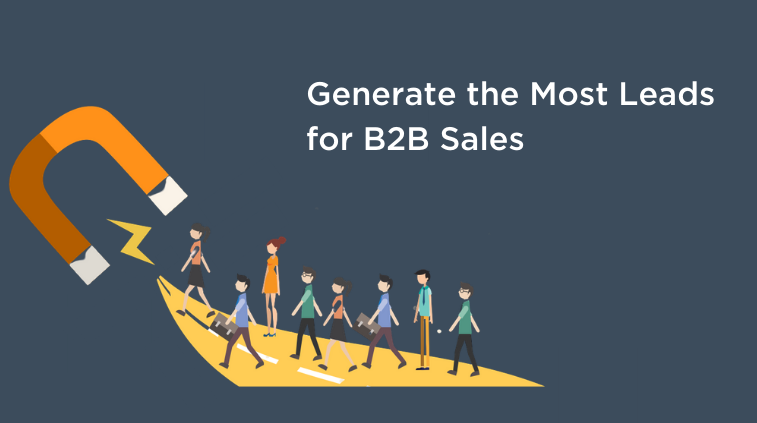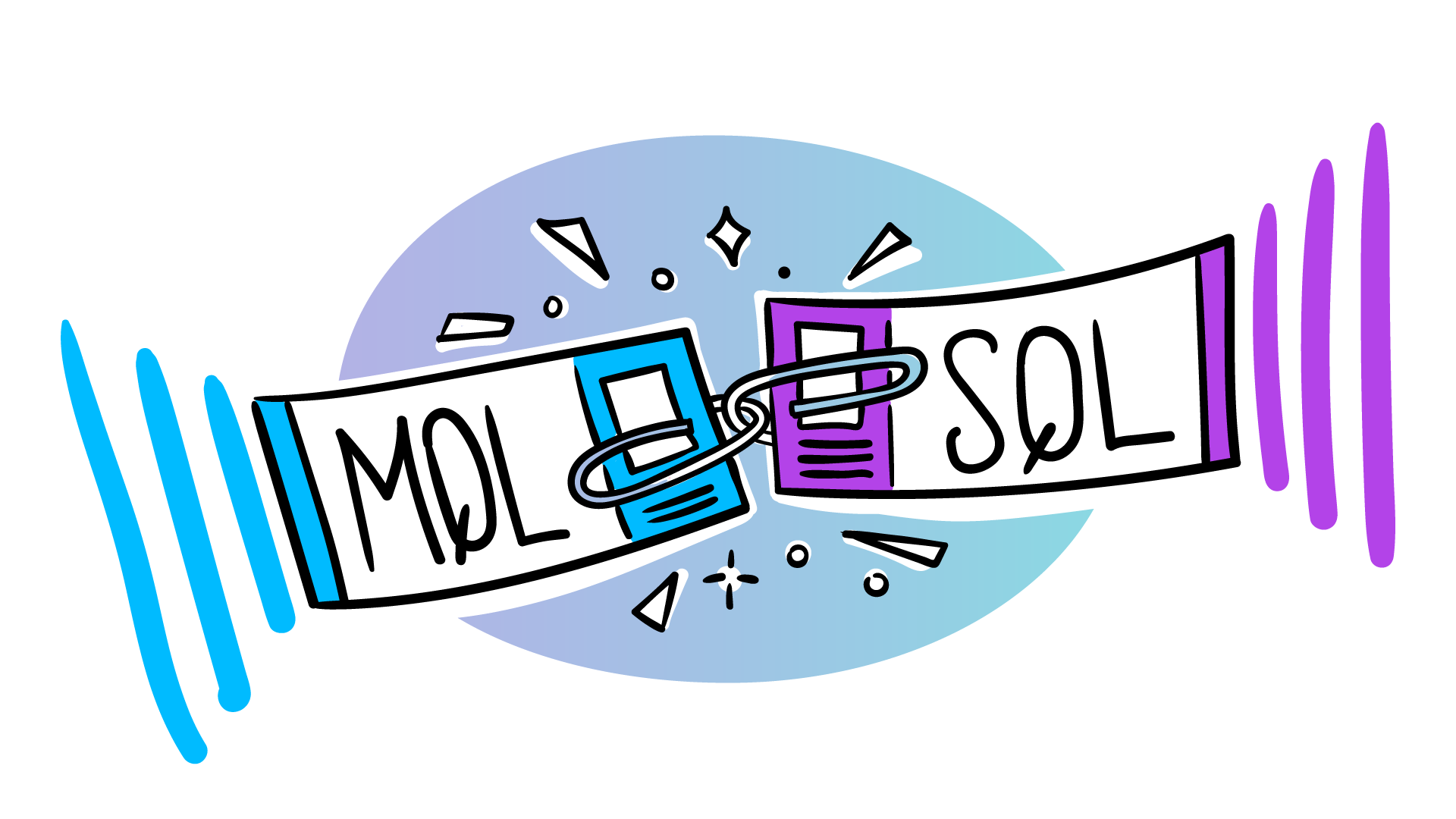Account-based marketing (ABM) is a strategy used by businesses to target high-value accounts and boost sales. Account-based marketing is an effective approach that focuses on targeting high-value accounts in order to maximize sales. Implementing effective ABM strategies is essential for maximizing returns on investment and succeeding in areas of future business growth, particularly when working within a shorter period of timeframes.
Account-based marketing involves focusing on highly targeted accounts in order to maximize ROI from campaigns. This means that instead of reaching out blindly with generic messages to organizations, you create customized strategies tailored for an individual account or group of similar accounts based on their unique goals and challenges. It helps make sure efforts go towards those most likely to buy rather than wasted on irrelevant targets that are unlikely to convert into customers.
Benefits of Implementing an Effective ABM Strategy:
- Improved Relationships with Key Accounts: When companies implement an efficient ABM strategy, they can build strong relationships with existing key accounts in order to better understand their needs and rework their strategy to further enable successful transactions from both sides of the partnership.
- Improves Efficiency: By focusing your efforts on key accounts, they become more targeted, which leads to improved efficiency due to better use of time and resources.
- Focus on Quality Leads: Accounting-based tactics allow marketers to differentiate between quality leads that are truly interested from those who are just window shopping or aren’t likely converts yet; leading you closer to your goal more quickly.
- More Revenue and Higher ROI: The increased focus and effort put into crafting personalized campaigns tailored toward identified potential clients result in improved conversion rates while promising higher returns than traditional methods like cold calling or email blasts alone provide.
- Increased Conversion Rates: By targeting specific key accounts that have the potential to produce higher returns for your company, ABM dramatically increases conversion rates among these clients compared with broader market approaches in traditional B2B digital advertising methods.
Strategies to Enhance ABM Efforts and Maximize Results:
1. Identify Ideal Customer Profiles (ICPs): Define your ideal high-value accounts based on various criteria, such as revenue potential, industry, company size, and buying behavior. This will help you align your marketing activities with the right prospects.
2. Build Comprehensive Account Insights: Gather extensive information about your target accounts, including organizational structure, decision-makers, pain points, and objectives. Leverage both internal and external data sources to craft personalized and relevant content for each account.
3. Tailor Personalized Content: Create customized content that addresses the specific needs, challenges, and goals of each target account. Develop content assets like case studies, whitepapers, and industry-specific insights that resonate with the key decision-makers.
4. Multi-Channel Engagement: Use a variety of channels to engage target accounts effectively. This includes personalized email campaigns, social media outreach, digital advertising, and even targeted direct mail. Ensure consistent and coordinated messaging across these channels to provide a cohesive experience.
5. Implement Targeted Advertising: Use online advertising platforms, like LinkedIn or Facebook, to target ads directly to your identified accounts. This allows you to raise brand awareness and connect with your target accounts on their preferred platforms.
6. Leverage Personalized Outreach: Combine automated and personalized outreach methods to connect with decision-makers. Use personalized email sequences, direct mail campaigns, and social selling techniques to establish meaningful conversations with key stakeholders.
7. Align Sales and Marketing Efforts: Foster collaboration between your sales and marketing teams to execute ABM strategies. Regularly update each other on account developments, share insights, and coordinate activities to ensure a seamless customer experience.
8. Measure and optimize: Establish clear metrics to measure the success of your ABM campaigns. Evaluate key performance indicators like conversion rates, pipeline velocity, and return on investment (ROI). Continuously monitor and optimize your tactics based on the data to improve results.
9. Scale Gradually: Start with high-value accounts and gradually expand your ABM efforts. This allows you to refine your strategies and learn from initial successes and challenges before scaling up to larger account segments.
Conclusion:
Account-based marketing provides several distinct advantages over traditional approaches, such as shorter lead times, higher ROI, and greater revenue. Implementing appropriately outlined strategies enables organizations to tap vast untapped segments, enabling success! Remember, deep customer understanding of target accounts, personalized approaches, and seamless collaboration between sales and marketing efforts are essential to target high-value accounts and boost overall business sales.





